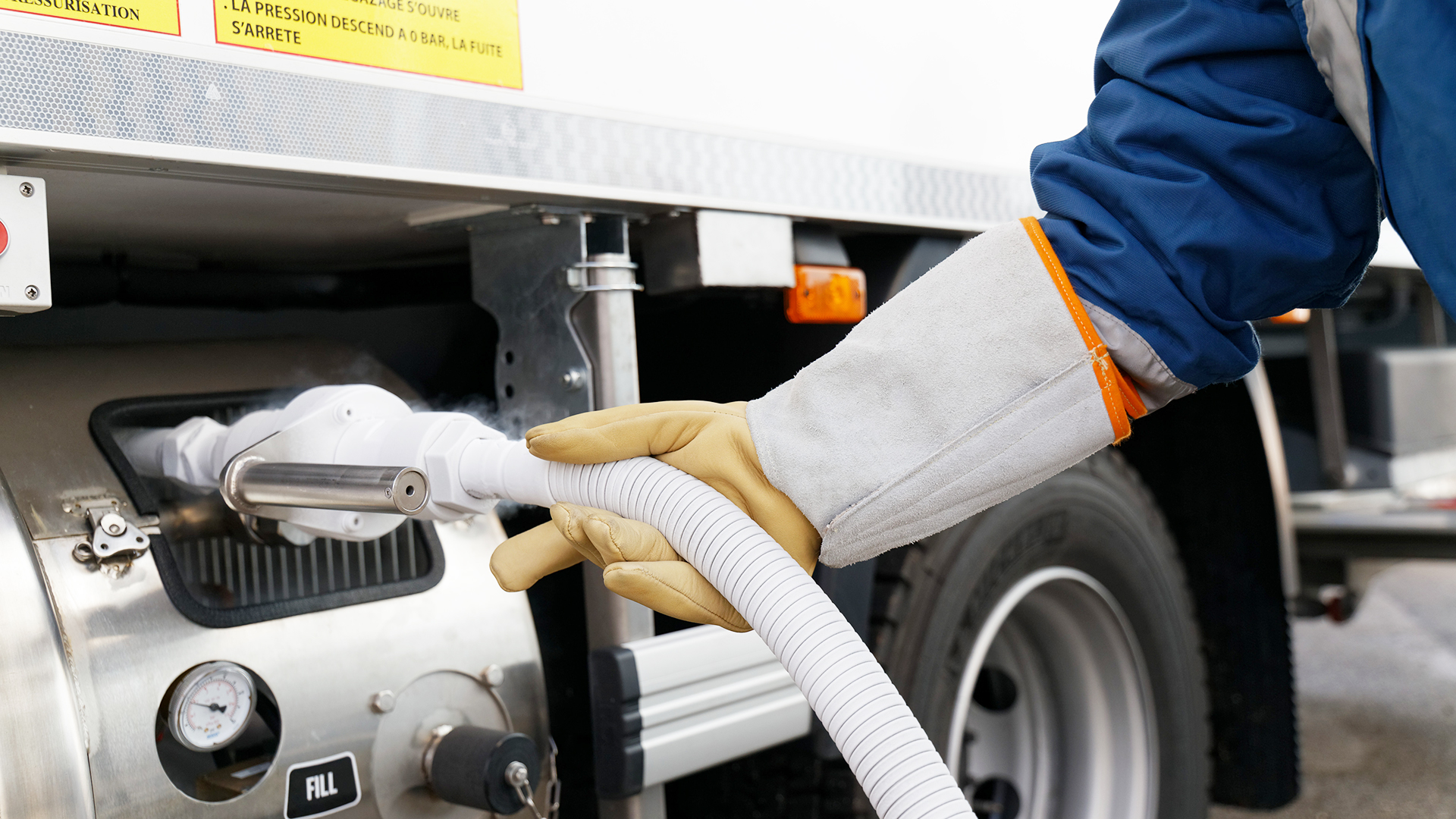What is a cold chain?
Cold logistics and the associated cold chain are central elements of the food and pharmaceutical industries. To ensure the quality of frozen food and pharmaceuticals, from the transport to the retailer (doctor), an unbroken cold chain with a temperature of at least -18 °C has to be ensured over the entire period. Short-term deviations may not exceed 3 °C. If the cold chain is interrupted over a longer period of time, goods can spoil or the shelf life is considerably reduced.
Monitoring the transport and the cold chain
According to EU regulations, the consistent documentation of the transport and the cold chain must be guaranteed. The EU’s HACCP concept (Hazard Analysis Control Point) defines that all means of transport such as refrigerated trucks, refrigerated vehicles and refrigerated containers must be equipped with a continuous temperature control system. Everybody involved in the transport must be able to detect and control risks promptly. In order to ensure the unbroken cold chain, liquid nitrogen is used for transport. This environmentally friendly alternative to the diesel-powered refrigeration machine is filled in a special insulated tank on the refrigerated vehicle. From there, the nitrogen reaches a heat exchanger on the loading area where it evaporates and thus cools the transported goods.
What is dry ice and what temperature does dry ice have?
Dry ice is carbon dioxide (CO2) in solid form that can be pressed into pellets, discs or blocs. Dry ice has a temperature of approximately -78.5 °C and a density of approximately 1.5 g per cm3. When heated, it does not change into a liquid but immediately changes into a gaseous state. This entails considerable dangers because carbon dioxide (CO2) is released: an inert, colourless, odourless and non-flammable gas which is heavier than air and has a suffocating effect.
Transport of and with dry ice
Dry ice transport is used to maintain the cold chain as well as for the transport and refrigerated shipping of food, perishable goods and pharmaceutical products. The transport and storage of dry ice is made in well insulated but not tightly sealed containers. It is crucial to discharge the gas produced in the containers so that no overpressue occurs. Dry ice should never be stored in poorly ventilated rooms such as cellars.
Order dry ice
Our dry ice is delivered in special containers for safe transport and storage. We are happy to take your dry ice order.
GAS APPLICATION
With the help of carbon dioxide and nitrogen it is possible to cool - depending on the demand - complete truck loading areas or single insulated containers. Both applications are usable for either fresh or frozen products.
Advantages:
- Quick cold energy through cryogenic gases
- Reliable temperature regulation
- Short filling times
- Flexible solutions
- Safe and intiutive operation
- Quiet cooling technologies
MESSER SOLUTION
- Cryo2Pack: Transport cooling with CO2 snow in PP bags
- Siber system: Transport cooling in insulated containers with carbon dioxide
- EcoLIN: Truck transport cooling with nitrogen
- SilentSnow: Truck transport cooling for small transporters with carbon dioxide
- SnowDrop & MiniCryo: Home Delivery solution with small EPP boxes having an integrated CO2 cooling


